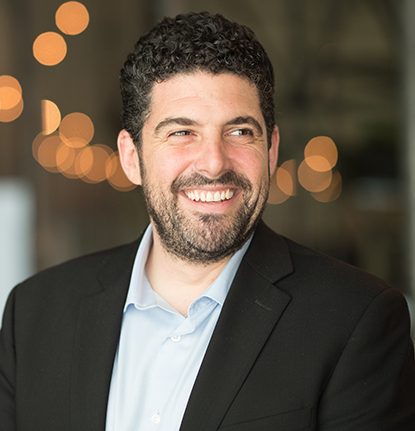The panel at TMRE was moderated by Don Wong, CEO of Pogo, and also included Lauren DeRaleau, Head of Research & Strategy, Glass; Kerry Sette, VP, Head of Consumer Insights & Research, Voya Financial; and Prabhakar Sundaram, Global Consumer Insights Lead, Energizer Holdings, Inc.
When was the last time you built an insights function and what were the key principles? How does it compare to today’s environment?
“I built an insights function from the ground up about four and a half years ago, actually,” says Goldfinch. “I think what we tried to accomplish was to essentially bring insights into the organization, and into a new organization, but really empowering that function to grow. Those were the things we were trying to accomplish.”
Yet today, all the talk is about artificial intelligence and how it might influence insights teams. Does that change how you might build a team today?
Goldfinch observes, “Here at TMRE, we see a lot of conversation about AI generative models, and how they are going to affect insights. As you think about setting up a research organization, you must take those things into account. You look at the landscape, you understand what you need to build, where you need to build it, the talent that you need. We’re doing those things, and we’re building that. But now with this sort of movement, it was big data five years ago, it’s AI now. You have to ask, what type of talent do I need to expand and stretch when those capabilities are at a place to scale, which I think is much different than what we saw four years ago.”
How would you go about it now as compared to four and a half years ago?
“We had a group of executives at that time who were coming in and who very much had been in the business a long time. They had a set way of thinking about things,” he says. “And part of the role I had was to really disaggregate the way that we were thinking and the way that we were going to think. All of that was without thinking of AI. There wasn’t that layer. It was getting just basic capabilities to move forward. Now we have this buzz around AI. Our executives need to cut through this and say, what are the realities within this solution that we’re going to need to plan for and how might we think about it? And that’s an area where we’re pushing into now. You must think about that as you set up.”
More people at TMRE seem to be talking about this layering approach to AI. Here’s what we’re doing now. Here are business outcomes. How can we layer in or layer on AI to kind of further those goals as opposed to chasing the bright shiny object?
“You are talking about the revolution versus evolution aspect of AI,” says Goldfinch. “I think you can’t make that shift overnight as an industry. If you think about it, we went to everything being on the computer, with our surveys. That took a relatively long time to scale up. You look at cloud when that came into technology, it took a long time to scale up. So that idea of just going through a revolution and suddenly snapping your fingers and have it turn on, it’s a really hard process when you’ve got contracts two, three years out for what you’re doing now. You just can’t move that quickly. But you can layer it on in the low areas where you can get a lot of value out of it, and then stretching and scaling it through your organization like many do.”
Check out the full video interview from TMRE, as Adler and Goldfinch look at the outlook for 2024, vendor services and more.
Contributors
-

Seth Adler heads up All Things Insights & All Things Innovation. He has spent his career bringing people together around content. He has a dynamic background producing events, podcasts, video, and the written word.
View all posts -

Matthew Kramer is the Digital Editor for All Things Insights & All Things Innovation. He has over 20 years of experience working in publishing and media companies, on a variety of business-to-business publications, websites and trade shows.
View all posts


































































































































